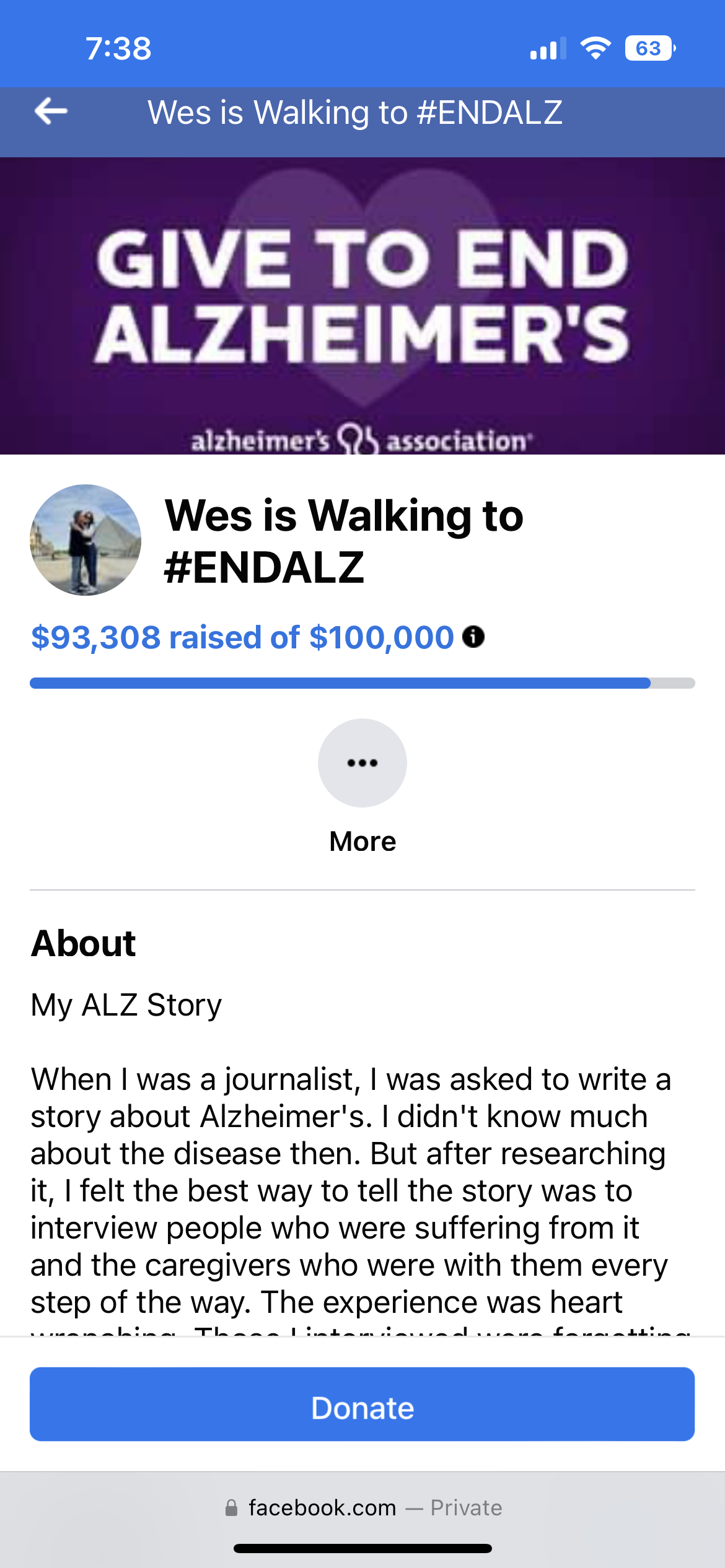MEND app
Mend is a charity social media app that allows individuals to connect with the community by providing a trustworthy platform for item donation and local volunteer work.
Solo Project - Role: UX Designer - Project Time: 5 weeks
the Why
Mend is a social media app designed to increase charity awareness, simplify participation, and boost motivation for volunteering and donating. As a regular donor and volunteer, I've noticed that many people are eager to help but often feel hesitant or lack the necessary resources due to outdated or complicated donation platforms.
My goal in creating Mend is to offer a seamless, user-friendly solution that makes it easy to support charities, fostering a stronger, more connected community.
Market Research
A 2020 survey of 1,871 students indicated that donating/volunteering improves psychological well-being (PMC). So why doesn't everyone engage in these activities?
I conducted in-person interviews with 12 individuals, aged 18 to 43, who expressed interest in volunteering or donating, to gain a deeper understanding of their perspectives on altruistic behavior. These were their pain points:
Business opportunities
Charity involvement benefits businesses by increasing engagement and retention, increasing revenue streams, and enhancing corporate responsibility profiles.
Competitive Analysis
Through analyzing Facebook Fundraisers, Spotfund, and the World Wildlife Fund, I examined their user flows to identify effective and ineffective patterns. This analysis highlighted successful features and areas for improvement, informing enhancements for the Mend app’s user experience and donation process.
Facebook Fundraisers
Spotfund
WWF
The successful:
Facebook Fundraisers enhance community engagement with a personable approach via users' pre-existing profiles, while Spotfund enables content editing and posting from personal profiles.
The unsuccessful:
Neither Spotfund nor WWF offers dedicated mobile apps, and both suffer from outdated, cluttered interfaces. Spotfund requires a strong social media presence, which can be a barrier, while WWF is criticized for political motivations and lack of transparency in fund allocation. Additionally, Facebook's peer-to-peer donation system is viewed as untrustworthy. These issues underscore the need for better user interface design and enhanced trustworthiness.
The User Reviews:
User Persona
Curating a solution
After evaluating user and business concerns, I developed four potential solutions.
The discarded solutions:
Reward-Based App: Research shows only 8% of people give to charity for incentives. (Charities Aid Foundation)
Subscription-Based Platform: While appealing for recurring donations, only 23% of donors feel engaged, risking long-term retention. (Charity Navigator)
The chosen solutions:
Social Media Integration with Item Donation: 71% of donors are influenced by social media, which could boost trust and engagement. (Global Trends of Giving)
Tangible Items Over Cash: 75% of donors believe physical items have a greater impact, (Journal of Nonprofit and Volunteer Sector Marketing) and 63% prefer donating goods to connect to the cause directly. (Charity Navigator)
User Flows
uI Tailoring
Mend's app should have a lightweight, user-friendly interface focused on item donations to address issues like monetary demands, guilt-based marketing, and difficult navigation seen in competitors.
Feature 01.
Pain Point: Difficulty finding causes to donate to that align with user morals.
-
An interface with customizable feed preferences.
-
67% of users reported that personalized recommendations for donations and volunteer opportunities increase their likelihood of donating or volunteering.
Platforms tailoring recommendations based on user preferences see a 50% rise in donation rates and a 40% increase in volunteer sign-ups (Accenture).
Feature 02.
Pain Point: Struggling to understand the impact of donations.
-
Implementation of a notification page featuring gratitude for donations.
-
92% of users indicated that they would encourage others to donate to a cause when their donation was appreciated.
Organizations that regularly thank donors experience a 70% increase in retention rates (Nonprofit Source).
Feature 03.
Pain Point: Trouble balancing volunteering with personal and professional responsibilities while navigating complex application processes.
-
Integration of a calendar view to display nearby volunteer opportunities with one-click signup.
-
75% of users reported that the integrated calendar features make the sign-up process easier and increase their likelihood of signing up for events.
Integrated calendar features streamline sign-up processes by 50% (Harvard Business Review)
Feature 04.
Pain Point: Inability to ensure that donations are being used effectively, for their intended purpose.
-
Donation options facilitating item contributions instead of monetary funds.
-
83% of users stated that they would repeat their donation when they know exactly where their contribution is going.
Platforms that provide visibility into donation outcomes experience a 40% higher likelihood of repeat donations and increased user engagement (Stanford Social Innovation Review).
What are the Next Steps?:
The next step in Mend's MVP development is to engineer the app through collaboration between UX design and engineering teams.
We will hold regular meetings to review progress, share feedback, and troubleshoot any technical issues that arise.
Design sprints will facilitate quick iterations on solutions, leveraging insights from user testing and engineering feedback to refine features.
A comprehensive design system will be established, encompassing UI components, style guidelines, and detailed documentation to guide the engineering team.
Agile collaboration will ensure that UX considerations are integrated at every stage of development, with active participation in quality assurance to maintain alignment with design goals.
For the soft launch, we will release the app to a limited user group to gather real-world data and feedback, focusing on key functionalities and user interactions.
By fostering strong collaboration with engineers through joint workshops and shared tools, we will ensure that Mend effectively meets user needs while remaining technically robust and scalable.
With additional time, I would incorporate a business-oriented version of the application and donor incentives.
Business-Oriented Application Features:
Allow charities to post content
Announce upcoming volunteer opportunities
Share photographs of received donations
Incentives for Donors:
Add redeemable points or gift cards
Offer products from sponsors
Benefits of Sponsoring Mend:
87% of consumers purchase products from companies advocating for issues they care about (2017 Cone Communications CSR Study)
76% avoid purchasing from companies supporting conflicting issues (2017 Cone Communications CSR Study)
55% of global respondents are willing to pay more for products from socially and environmentally responsible companies (Nielsen’s 2015 Global Corporate Sustainability Report)























